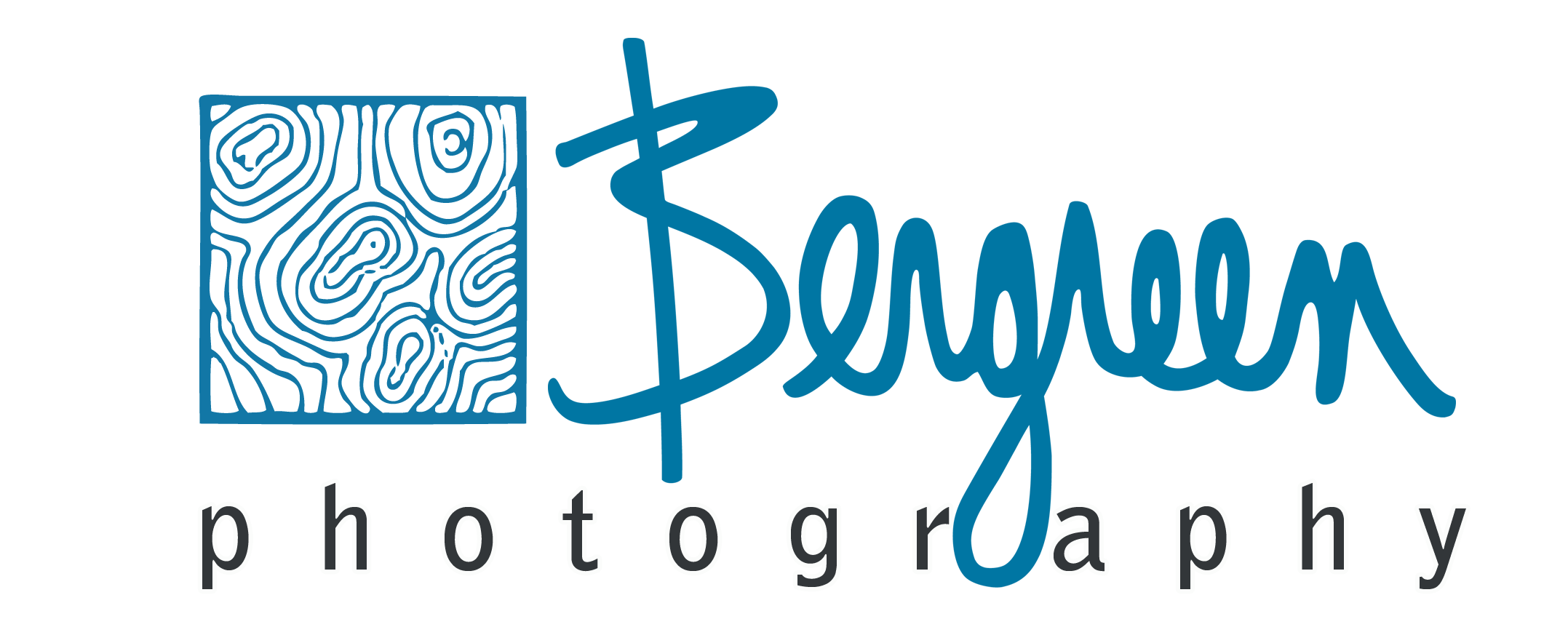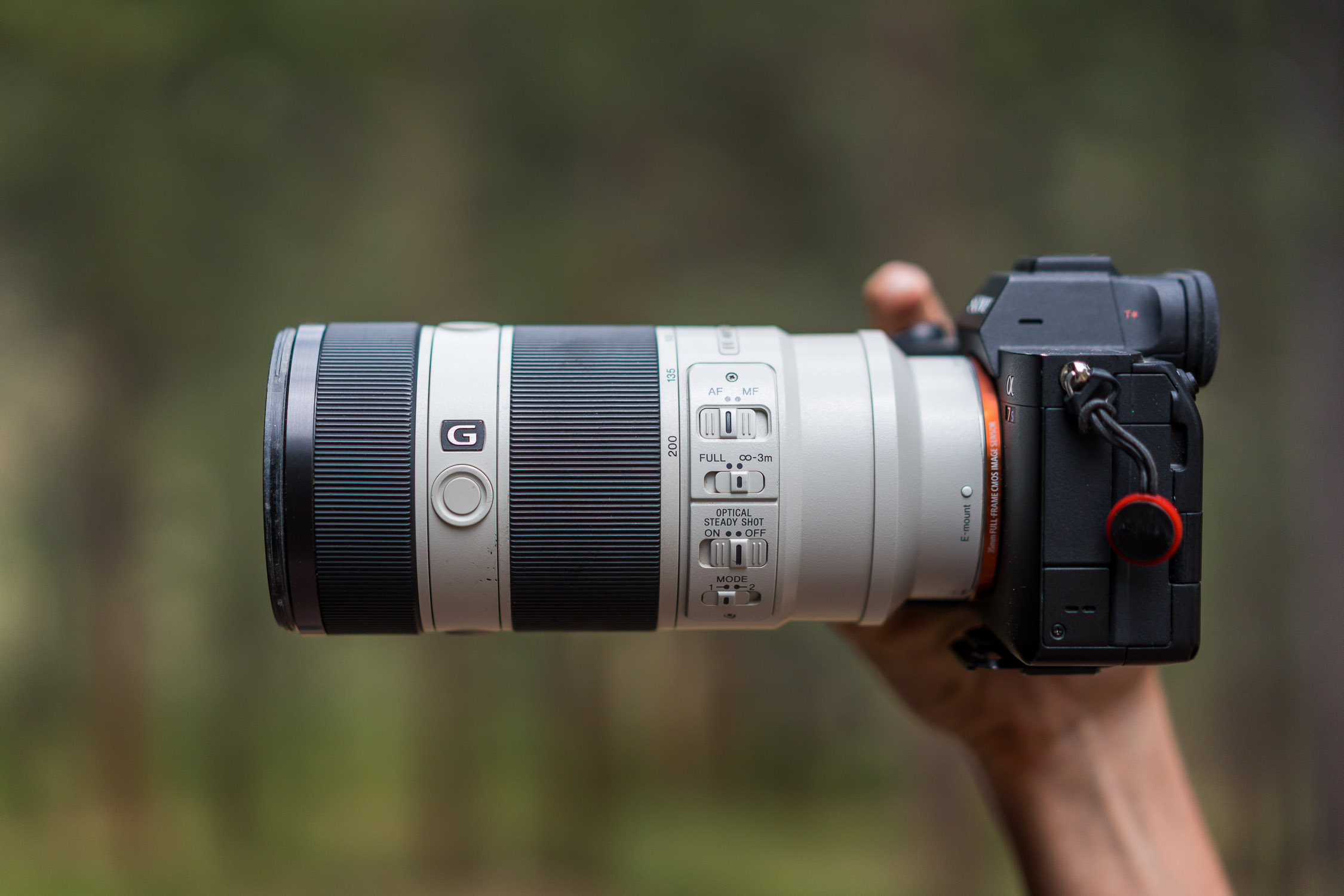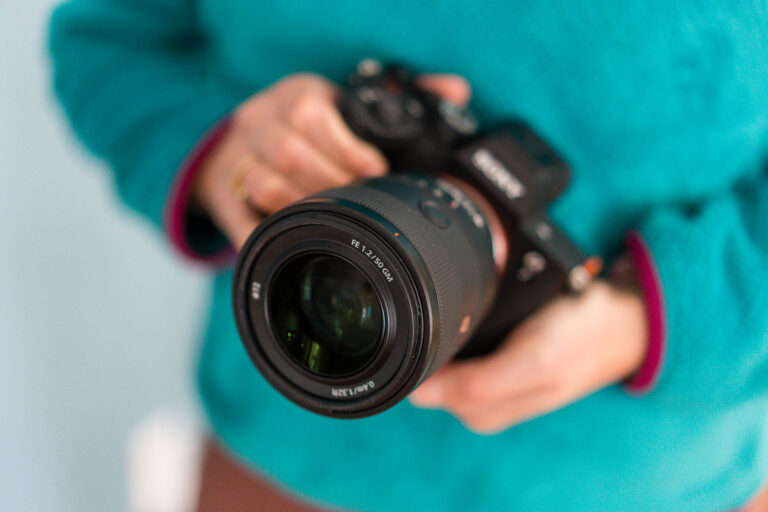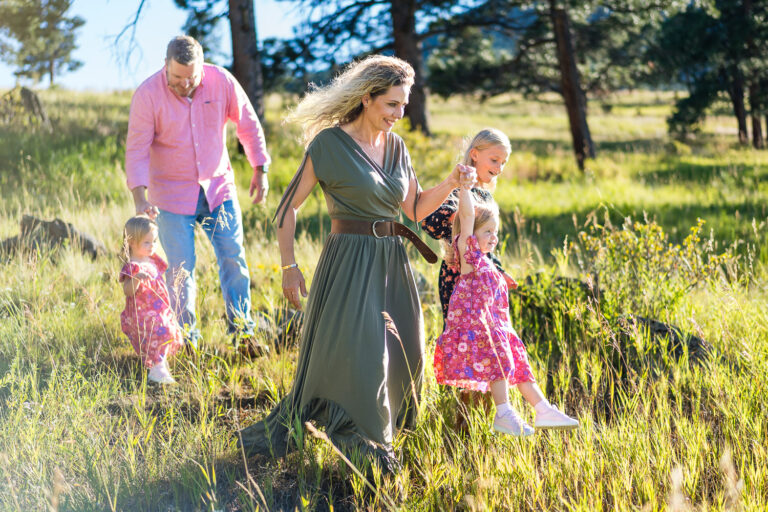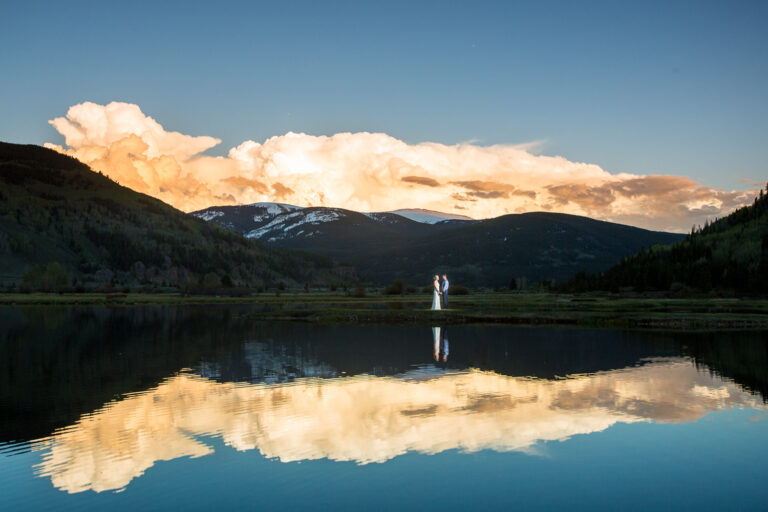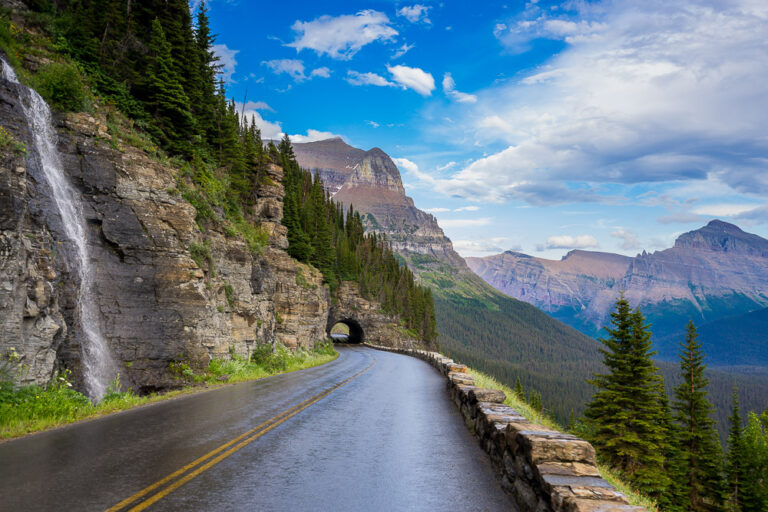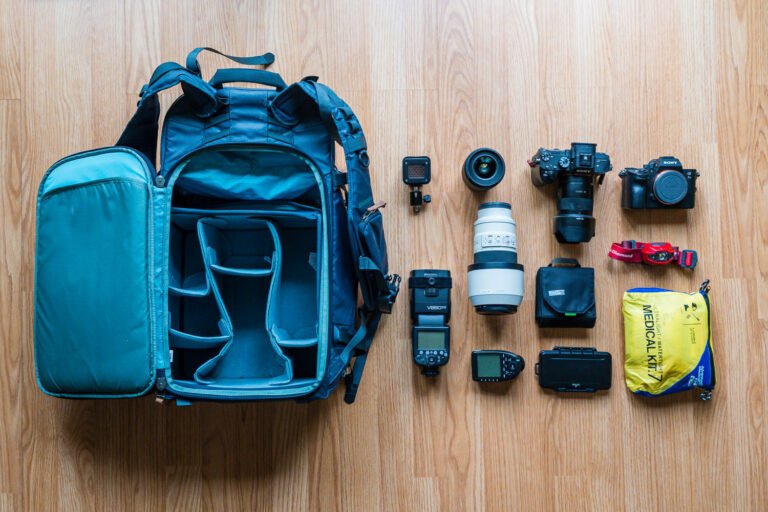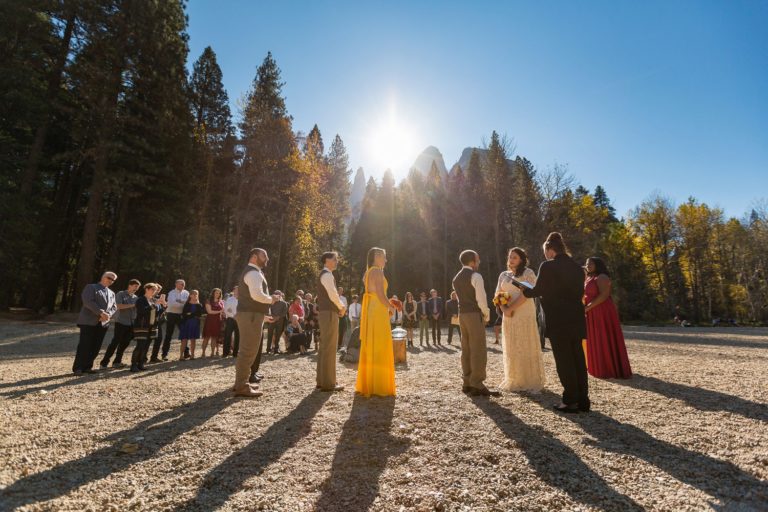Interested in Shooting Photography for a Wedding? Here’s What You Need to Know
As a husband and wife wedding photography team we’ve been photographing weddings for over a decade. The wedding photography industry is constantly growing and changing but a few things remain the same. Couples want to have a memorable experience throughout the entire wedding day.
As professional wedding photographers, it’s our job to take great photos and not miss any of those special moments. But, in my opinion, it’s also our job to help our couples have an amazing wedding day.
Not only does that philosophy make the job more fulfilling but it also helps build a sustainable business. As we walk through this wedding photography guide I hope you glean practical tips. However, I hope you also learn a way of looking at the business that helps you grow as a photographer and a person.
I’m going to start with some wedding photography business tips. Then, I’ll move to some photography basics you need to know. From there lighting gets its own section.
After that we’ll talk about how to shoot a wedding and how to handle post-production. Lastly, we’ll talk about wedding photography gear!
Start Here: Wedding Photography Business Tips
If you’re looking to start your own wedding photography business, photography skills are only part of it. Photographers spend a lot of time behind the computer. And the desk time is not just editing the wedding photographs as you may be thinking.
It’s building and growing a business.
If you don’t build both a business and a brand, there’s no use talking about how to be a successful wedding photographer. Your photography skills are important but for better or for worse a good business person can be more successful than a better photographer. Let’s talk about the best wedding photography business tips to get you started.
We’re going to talk about getting organized and then the ever-important marketing. My main tip is the find what works for you and then ignore the rest. There is so much advice out there it can get overwhelming, you need to learn to sift through the noise.
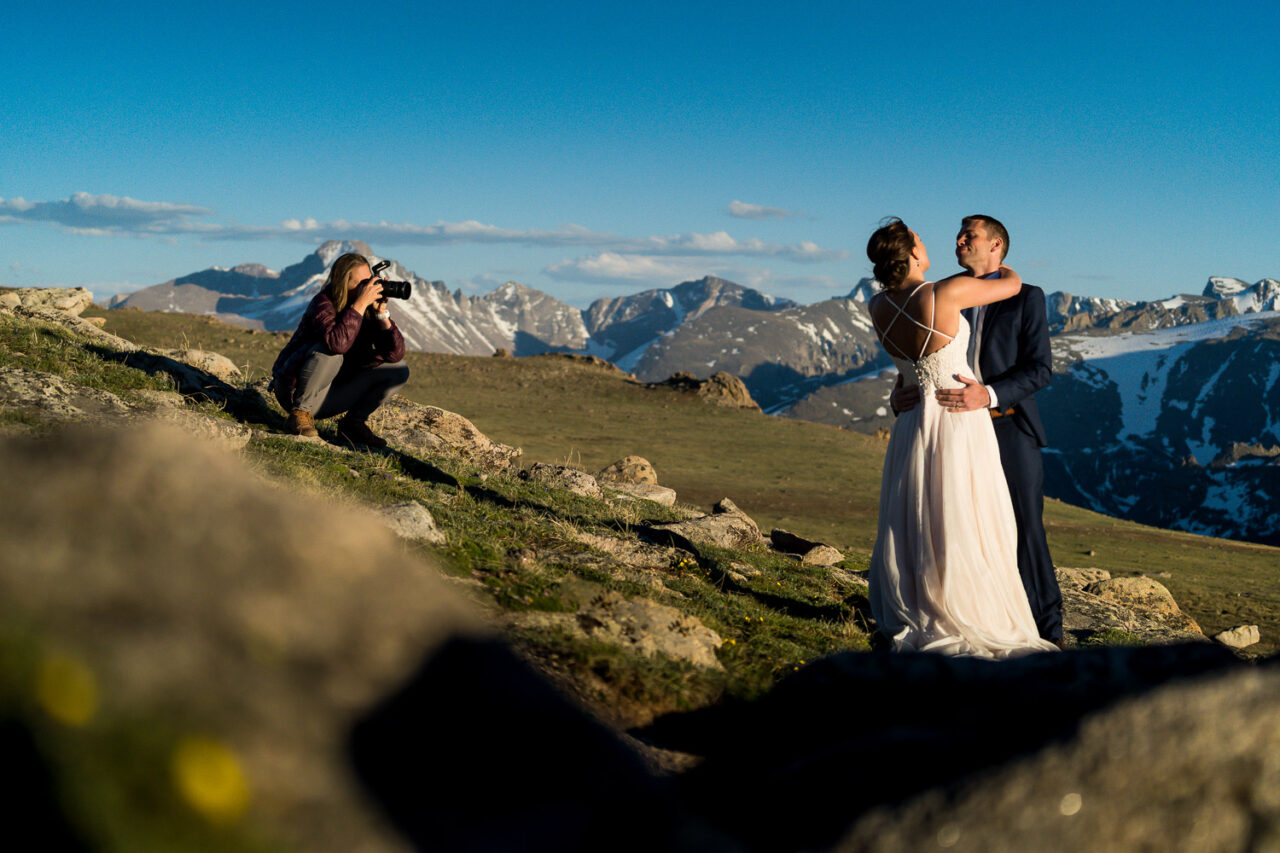
Get Organized and Plan Your Business
The first step is to plan your business. When people talk about a business plan they act like it’s just this document that proves they’re ready to start a business. The actual goal of a business plan is to implement it.
You need to think about budgeting and accounting. Then decide how you’re going to manage projects and clients. And finally build yourself a website so that you can attract clients and have somewhere to send them.
Budgeting and Accounting
Make a budget and stick to it. Don’t get sucked into buying all the things that might make you successful. Sometimes you have to spend money to make money but sometimes you need to keep the money you make so that you can stay in business long enough to see another wedding season.
Set realistic and competitive pricing and figure out how much you have to work to turn a profit. Then pay attention to your finances.
Use a Studio Management Software

We use Tave as our studio management software and it allows us to run our business efficiently and effectively. Tave can track leads that come in from our website and make sure we’re following up and communicating. We can build quotes, contracts, and send invoices as well as take payments.
Tave has a lot of capabilities and a lot to offer but mostly I love that it makes it easy to take an email inquiry and turn it into a signed contract and deposit. The less I have to talk to my clients about money the more I can keep them focused on having a great experience and loving their photography.
Name Your Business and Build a Website
Once you’re ready to launch you’ll need a business name, website, and email to draw clients to. After a decade of trial and error, we use WordPress and Bluehost and a Flothemes theme. I couldn’t be happier. Learning how to build and manage my own website was important to me. Depending on your goals, it might be faster to implement a Squarespace site.
For more tips on how to start a wedding photography business, check out this post for 5 simple steps. And make sure you create a wedding portfolio that shows your creative vision.
Marketing and Finding Ideal Clients
Marketing is a huge part of the job of a wedding photographer. It’s potentially the most important because without marketing there are no clients. There are a million marketing tips in the world and it can be hard to keep up with the latest social media.
However, some marketing rules never change.
Treat your clients well and it will treat you well
My number one marketing rule is always customer service. I know you think you’re an artist but you’re actually in the service industry. The better you treat your clients the better your photos will be and don’t forget about referrals, reviews, and recommendations.
I can’t tell you how many times I’ve booked future weddings by treating my couples well. I like to think the memorable images have something to do with it but my couples decide how they feel about me before they’ve even seen a photo.
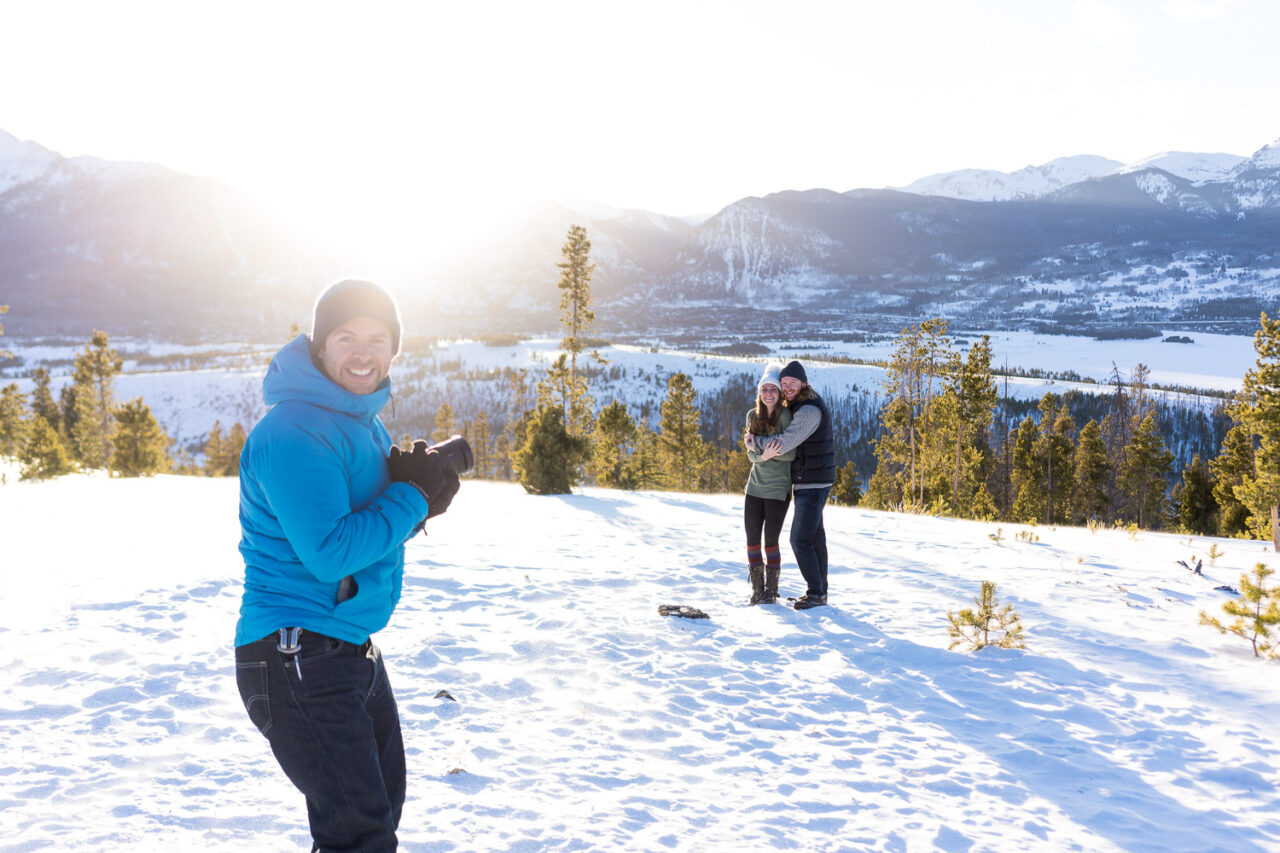
Learn SEO to appear above other wedding photographers
I’ve tried all the marketing techniques with varying success and for me one of the most important points of focus is SEO. When brides and grooms are literally searching for a wedding photographer, it’s good to be found.
Build a Brand
Why will a couple hire you over the ten other wedding photographers listed on Google? We like to think it’s our superior photography but the reality is that most of our couples are uneducated consumers when it comes to what makes a good photograph. Instead, couples will hire you because of your brand and what you stand for.
Wedding Photography Tips: Basics You Need to Know
I write a lot of tips for photographing weddings and if you read my posts you know I talk about the nuts and bolts of wedding photography tips such as lighting and composition. (My most popular post is about outdoor wedding tips.) But I talk equally if not more about mindset.
Below are a few basic wedding photo tips you need to know to survive photographing your first wedding.
Exposure
One of the best wedding photography tips to master is exposure. I can instantly tell a newbie from a professional wedding photographer when I see whether the photos are properly exposed or not. I suppose some photographers overexpose their images to create a light and airy romantic look, but most of the time it’s unintentional.
If you understand exposure, then chances are you understand how to use your camera which is key. The exposure triangle consists of the aperture, shutter speed, and ISO. Those three variables work together to regulate the amount of light the camera sees. (If this is all new to you, read this exposure triangle post next.)
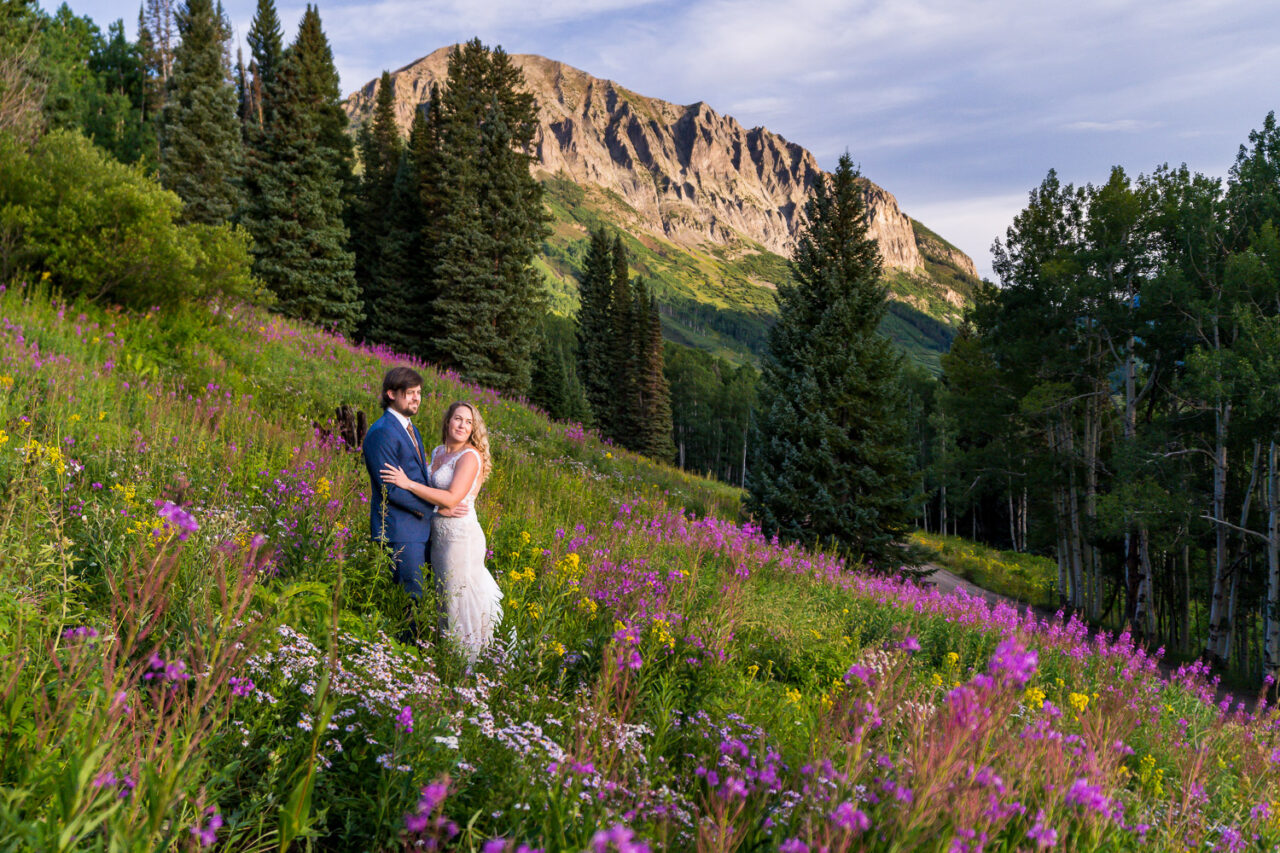
Photography is all about light which is why there’s a whole section in this article dedicated to helping you learn to see natural light as well as create light when needed. But in order to do that you need to understand how your camera works and how to create a properly exposed photograph.
Framing and Composition
Once you know how to use your camera like a professional wedding photographer, it’s time to look at some wedding photography tips that address taking better photos. That brings me to framing and composition. Framing and composition are what turns a snapshot into a photograph.
The reason I hate shooting with my iPhone is that I’m not as intentional and therefore my photos aren’t as good. When I have a camera in my hand I think about how to frame the subject and how to compose a compelling image of the bride and groom.
With framing and composition you think about foreground and background. You look for patterns and symmetry and leading lines. You discover the impact of things like the rule of thirds and eventually you’re crafting images with a bigger impact.
Your Wedding Photographer Presence and Personality
As I mentioned in the section on marketing, couples don’t just hire the best photographer, they hire your brand. You are likely a big part of your brand. Are you going to be the professional photographer, that shows up and makes everyone excited and amped or the one that makes them feel comfortable and at ease?
Your personality and presence will influence the types of clients and weddings that you attract. You don’t need to try to be anyone other than who you are. Instead, you just need to be aware of how you come off and utilize that when building your brand.
How to Build a Wedding Photography Timeline
Some couples will have wedding planners that hand you a timeline all worked out. But more often than not, as a wedding photographer, you need to know how to build a realistic wedding photography timeline. Specifically, how will the timeline help you shoot in your style?
You’ll want to know all of the locations from where everyone is getting ready to the wedding venue where the ceremony and reception are to any additional portrait locations. Map out the distances between each and note any set times such as when the hair and makeup artists are done, when the ceremony starts, when dinner is served, or when the event needs to end.
Work backward from any set times that you have and build a timeline with breathing room but a focus on the client experience. Don’t make your couples spend an hour on bridal party photos unless that’s their priority and wish. The bridal party will thank you too.
Wedding Photography Lighting
Lighting deserves its own section as well as multiple blog posts dedicated just to learning to see and use natural light well in your wedding photography not to mention learning to use off-camera flash. Learning about light is the one thing that can bring huge strides in your wedding photography skills.
One of our most popular post talks a lot about light and you can read it here. It expands on much of what I’m going to talk about below from seeing natural light to using flash.
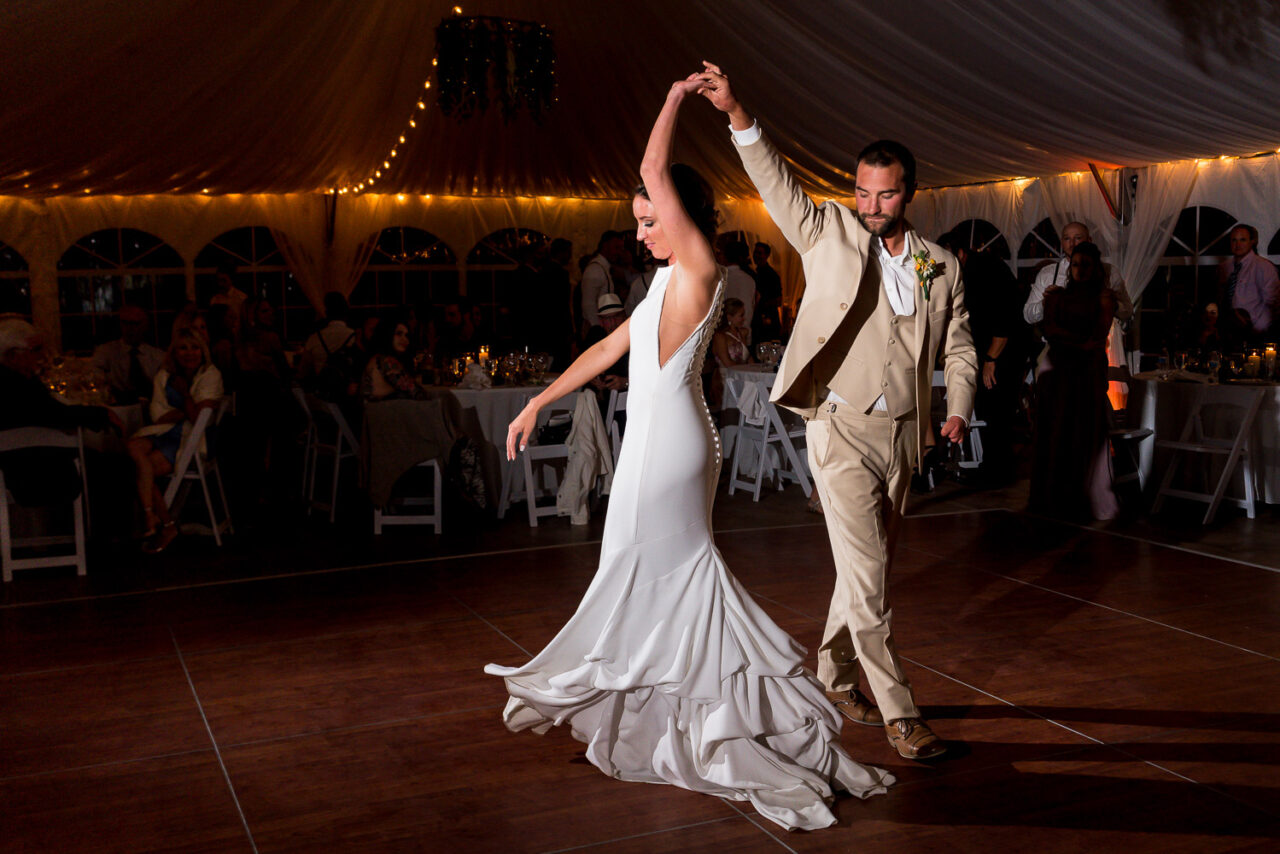
Learn to See and Use Light in Your Wedding Photography
First, you’re going to learn to see light. You’ll learn to understand that light has color, hardness, angle, and intensity. And then you’ll start to see how that impacts your wedding photography.
Learning about the direction of light will help you determine how to position your portraits or when to seek shade. Understanding hardness with help you recognize and take advantage of soft light when you see it.
This YouTube will help you start to understand light and shadows in photography and how to use them.
Using Flash at a Wedding
In my opinion, there are different types of flash to use at different wedding venues. While ideally, you could adopt the perfect off-camera flash set-up to use at all times, there might be times when using bounce flash from your on-camera flash is more realistic. There might be other times you need to be quick and nimble and could benefit from a stick light.
Imagine a room with low ceilings where you can’t set up your four lightstand set-up. Or alternatively imagine trying to use bounce flash when you’re outside under the stars. Start simple and master the most basic techniques before you complicate things.
It helps to practice in a less stressful environment prior to the wedding. And on the day get your lighting st up during dinner so that you’re ready to do. One more note, it’s a good idea to take some test shots to make sure all of your flashes are firing and turning out as you expect.
The Day Has Arrived: How To Shoot Weddings
Photojournalism and Capturing Candid Moments
There are a ton of different styles of wedding photography and I’m not going to list them all out here or even talk about them today. To me, a wedding photographer has to have a variety of skill sets and cover a few different styles and types of photographs. Since a wedding is such a special event and time that brings together family members to celebrate a monumental event, there’s a reason our couples talk about wanting candid photos.
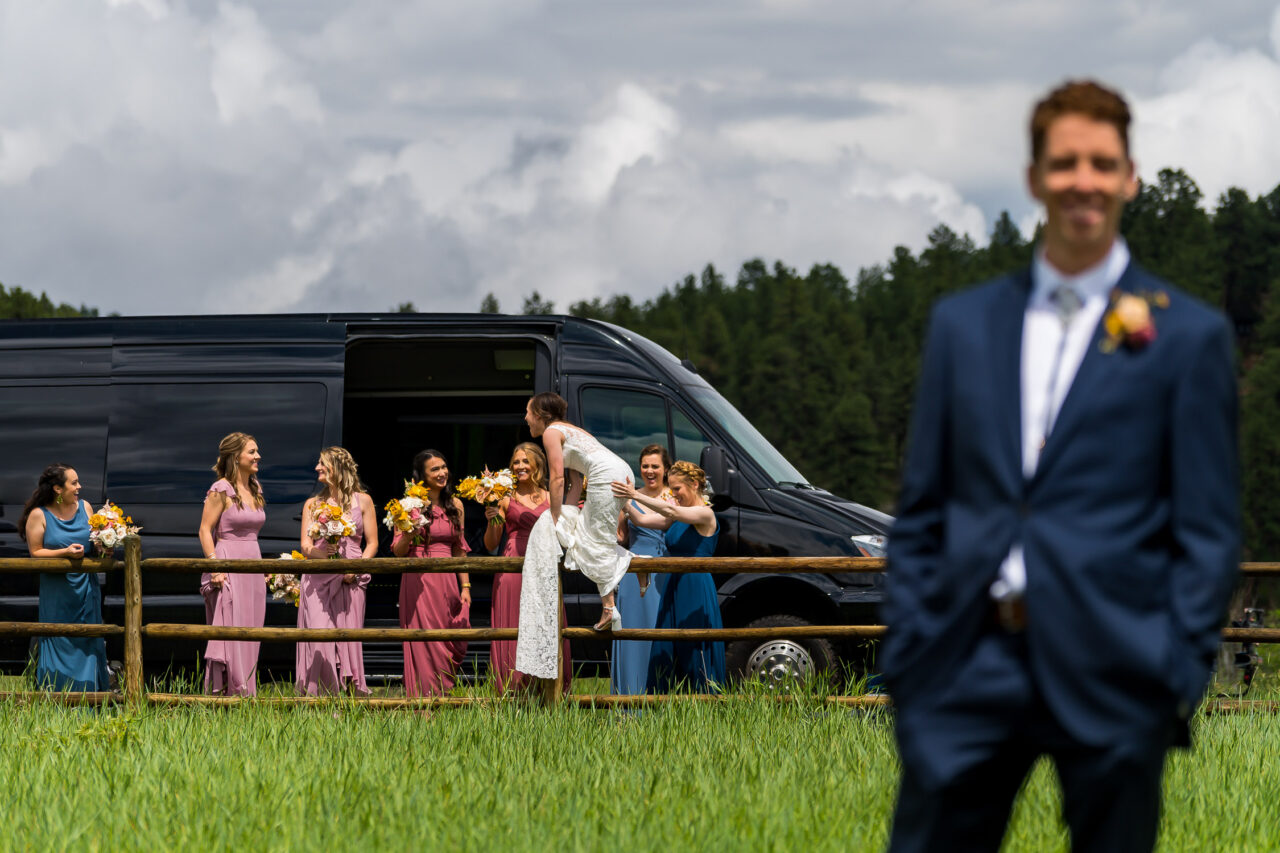
Photojournalism, aka documentary photography, is all about capturing that moment when a family member cries or when the best friend commands the dance floor. Shooting weddings has become about telling a story of the day so that the couple can relieve such a special moment in their relationship. It’s important to learn how to tell a story and capture emotions in your photographs.
Don’t think of your images as candid shots in the way that you can just snap something with your iPhone. Instead, craft the moment. This YouTube video will help you learn how to capture moments.
The Wedding Ceremony
Next, let’s not forget why we are all here. The wedding ceremony is a key part of the wedding day. It’s when the vows and rings are exchanged, the couple shares their first kiss and is presented to the guests as the new couple.
Don’t deprioritize the wedding ceremony. It’s a predictable part of the day which is good news because it’s part of the day where you don’t get a second chance. Stay present, stay focused, and make sure you have a fresh battery and space on your memory cards.
As you watch the bride walking in, notice her emotions as well as the emotions of her family and her groom. Capturing moments requires you to see moments, and not just the first dance itself but the moment within the first dance.
Family and Group Photos, Detail Shots
Family photos and posed shots of the wedding party are my least favorite part of the day because they can be stressful and they are also key shots. These are seemingly easy photos to take but they can present more challenges than you expect. You need to get everyone looking their best without blinking and everyone needs to be sharp.
Group photos are must-haves, in my opinion. Even though basic group shots are not as amazing as some other photos we take on the wedding day, the family shots are the photos the moms, aunts, and grandmas want and are most often printed.
In contrast, I find detail shots to be a distraction. We shoot them, don’t get me wrong. They’re important to some couples to tell the story of the setting of the day and other vendors appreciate nice images of their work. But I never want to photograph the wedding dress and miss a moment between the bride and her mom or be too busy capturing the table settings that I miss a toast with the bride and groom, and their best friends.
Bridal Portraits
Conversely to group shots, bridal portraits are my favorite part of the day. If you look at our brand you can imagine that many of our couples hire us for our environmental couples portraits. We specialize in photographing people in nature, it’s our jam.
Therefore, we make sure to schedule time on the wedding day for couples portraits with just the bride and groom. This doesn’t always mean a first look, sometimes it means sneaking away during the wedding reception during sunset. In fact. one of my best wedding photography tips is to think about timing and educate your couples accordingly.
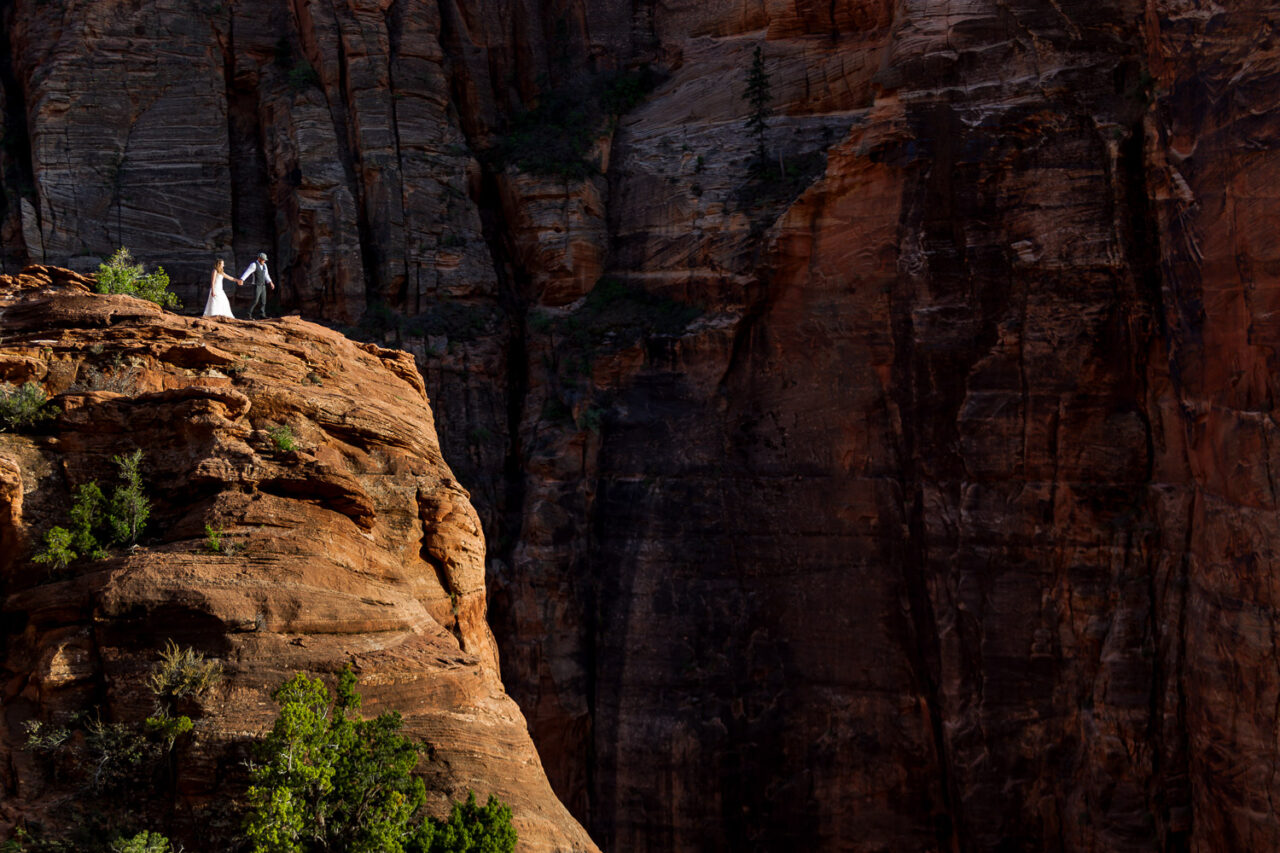
Our love of bridal portraits is one of the reasons we also love engagement photos. An engagement session is similar but there is no time pressure so we can always shoot at sunset without being rushed. Getting to work with our clients during an engagement shoot helps us more efficiently use whatever time we have on a wedding day.
Wedding Photography Shot List Reminder
This is a reminder in case you haven’t read anything I’ve written. Everyone talks about the wedding photography shot list and how important it is. I, however, think you need to memorize it and throw it away. It’s important to capture all the things at a wedding, but you’ll be a better photographer if you are present in the moment rather than nose buried in a shot list stressing out over any photo you might have missed.
If you haven’t already, be sure to read the post or watch the video on why you don’t want a wedding photography shot list. Don’t get me wrong, you need to know what happens at a wedding and what the important moments are. But a shot list kills creativity and sets unrealistic expectations when a bride sends you a Pinterest board full of wedding day photos that were all somehow shot at sunset in a controlled environment (hint: it’s impossible on an actual wedding day.)
Instead of an over complicated shot list, might I recommend that you just think of the details in your overall composition? Can you showcase the engagement ring and the veil in a bridal portrait, for example?
After the Wedding: Post Production
Wedding photography isn’t done after the wedding day. Therefore, a wedding photographer’s job isn’t over just because the wedding reception ends and the dance floor clears out. Nope, sorry, you have to get your photos to your couple.
If your next wedding is coming up fast, it’s even more important that you have a good system for post-production. Maybe you even have a destination wedding on the books, if so, you need to make sure that your systems are in place to keep you organized and efficient.
Shooting weddings is only the first step. Now you have to look at multiple photos of the same thing multiplied by all of the events from the first dance to the first kiss. Post-processing can be daunting so the professional photographer has a plan.
Import and Backup Your Wedding Photos
It’s really important that you have a system for when and how you will import and back up your wedding photos. Especially if you have a busy weekend you need to be 1000% sure that you have all of the photos from the wedding imported and backed up. This is one of the reasons I love dual card slots in modern cameras.
Make sure you have a plan for how you are going to backup your photos. We use a Macbook Pro M1 as our main photo computer and then a Synology DS1621+ NAS (network attached storage.) We also utilize WD portable hard drives in order to have an off-site storage.
Clean and Repack Your Gear
You have to also think about getting ready for your next wedding. I find it’s best to clean and repack your gear so that you’re ready to go. It’s the same advice I give to new parents, repack the diaper bag when you get home so that it doesn’t take you forever to leave the house.
The last thing you want on the morning of a wedding is to be stressed about your gear. Instead, if everything has a place and is organized well, you can focus instead on thinking through what great images you’re going to create.
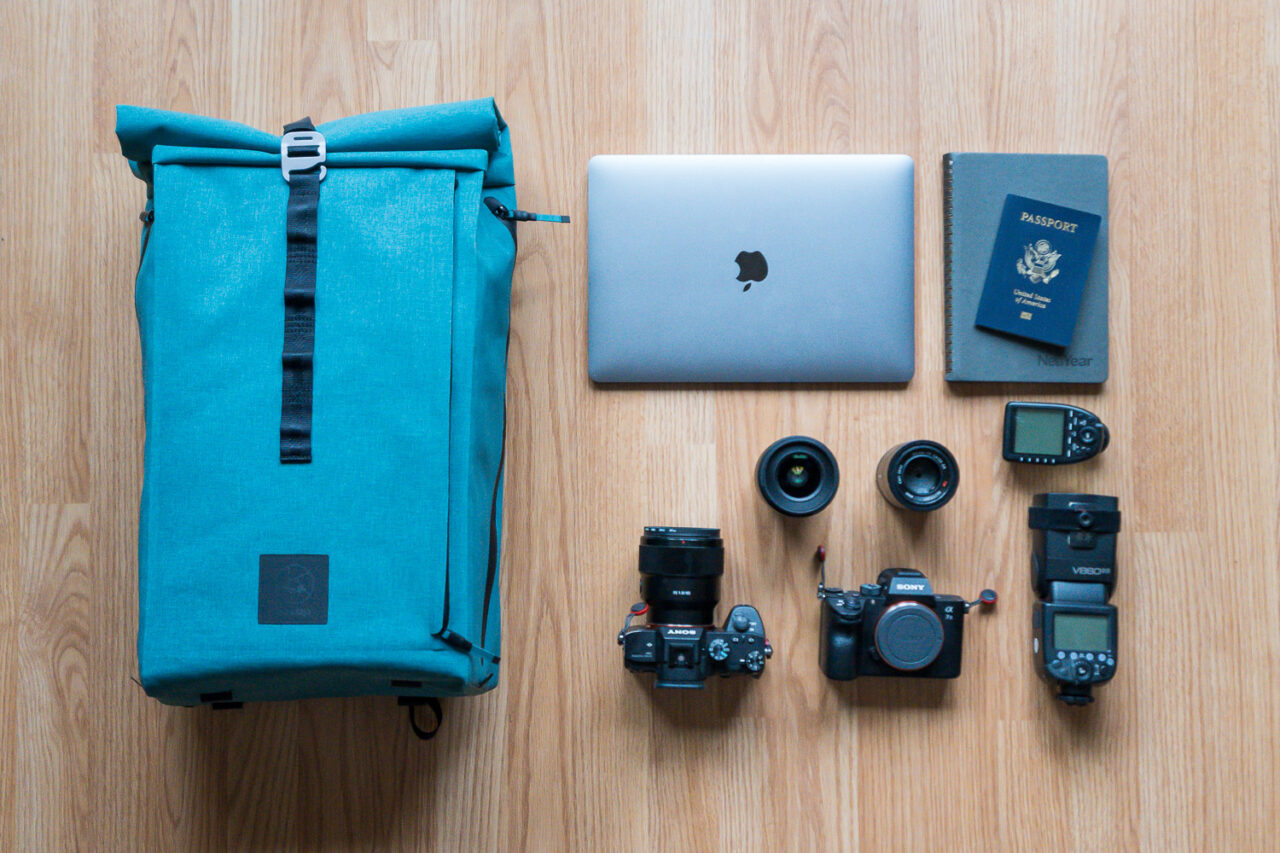
Edit Your Wedding Photos Quicker
We love that it’s a selling point that we deliver our wedding photographs in two weeks. But to be perfectly honest I find it crazy that not all wedding photographers do that. It’s 2023, don’t make your couple wait months for their wedding photos simply because you’re bad at time management and efficient post-processing.
If you want to edit your wedding photos more quickly the first step is to come up with a tracking system. Write down your post-processing workflow on a to-do list and give yourself a deadline. Schedule work hours during which you will edit the photos after a wedding.
Then, use Adobe presets or profiles or AI, or an editing service to simplify your workflow. There’s really no excuse for not finishing the job anymore. If you’re so busy that you can’t keep up with your workflow either raise your prices or use some of that lush cash to outsource something.
Deliver Your Photos and a Wedding Album
Then, you need to deliver the wedding photos to your clients. Maybe you’ll use a slideshow preview to get their emotions high. Regardless, I love using software that helps me make more print sales without creating more work for me.
I am also a huge proponent of wedding photo albums. Our couples are spending thousands of dollars on their wedding photography, it feels like they should have something tangible to show for it at the end of it all. No one wants to come over and look at a huge gallery on the computer but put a beautiful album on their coffee table and everyone will be asking who their photographer was.
We love Vision Art albums and the ease of design through smartalbums. For our image gallery delivery, we just switched to Pictime and are super excited.
A Note on Wedding Photography Gear
This post really isn’t about gear, I have other posts for that. But it bears repeating that gear can make your life easier and your photos better. However, gear can’t replace running an organized business and crafting creative photos.
Our philosophy is that simple is best. Gear shouldn’t get it your way, it should make you more efficient. Start simple and then build on with gear that you’ll actually utilize. You need to be able to move around from location to location so your gear can’t slow you down.
Below I’ll talk about a few things you need but be sure to check out our minimalist wedding photography gear checklist or our post on the best cameras for wedding photography. We shoot a lot od adventure and destination weddings so it’s important to us to have sturdy, reliable, and packable gear.
Full-frame Camera Body (Plus Backup Camera)
You need a professional camera for wedding photography unless you’re branding yourself as an iPhone wedding photographer or a film photographer I suppose! You’ll also need a backup camera in case anything happens to your primary camera. Ideally, your backup is the same so there’s a seamless transition but in the beginning, don’t blow the budget.
It bears repeating that you need backups of all the essentials such as batteries and memory cards.
Marc is writing a whole article on the best wedding photography cameras, so stay tuned for that as it will be a deep dive into wedding photography gear and what to look for when you’re shopping.
The Best Zoom and Prime Lenses for Wedding Photography
Once you have a camera body you’ll need some lenses. Both zoom and prime lenses serve their purpose of making great wedding photos. If you are going to use zoom lenses make sure you zoom with your feet and not just the zoom rings.
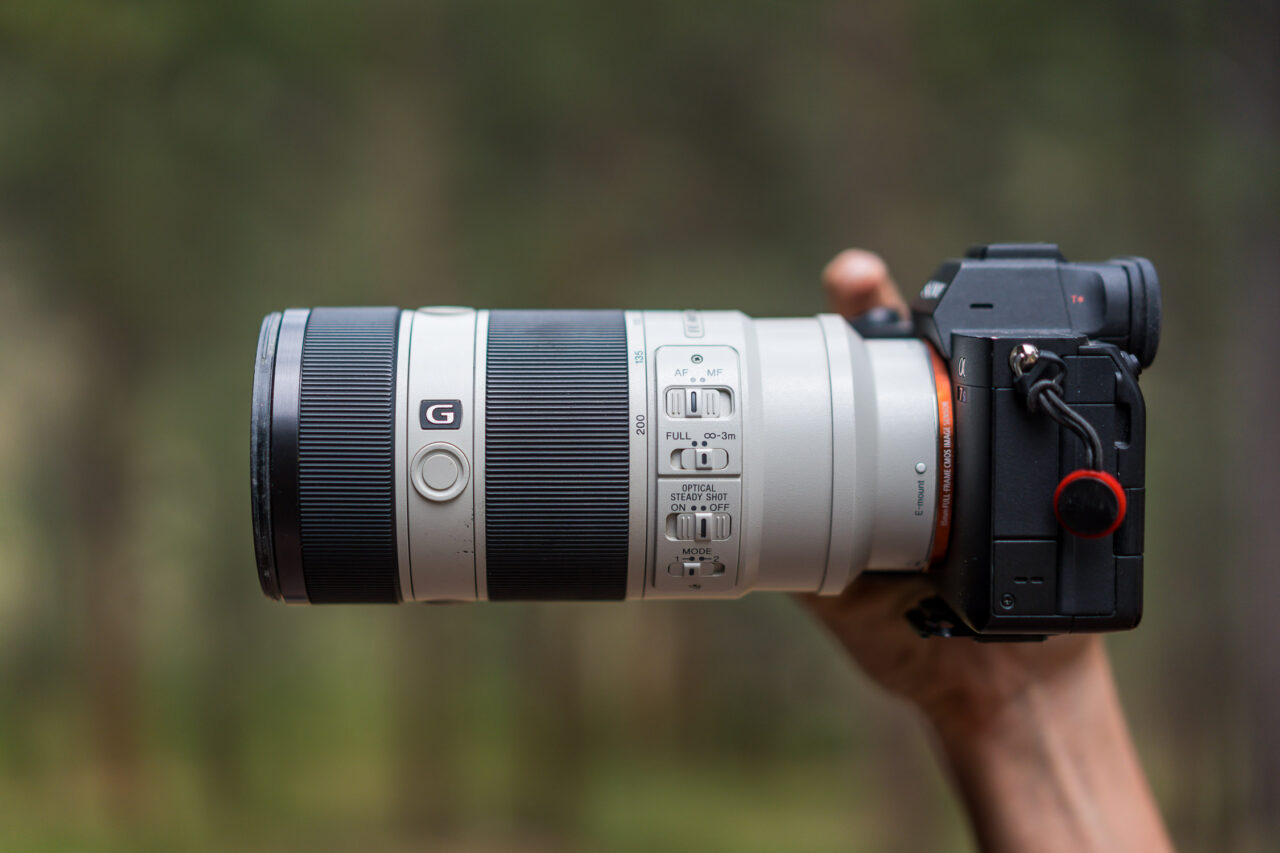
In other words, you need to be intentional about your composition not just pull a panic zoom.
The prime lens focal lengths we really like are 85mm, 55mm, and 35mm. Understanding when to use different focal lengths and how they impact your image will help you choose what you want. A low aperture 85mm is a great portrait lens and very flattering, a 35mm lens is wonderful for photojournalism and getting in close to your subjects. I’ve personally always loved a 55mm because it’s similar to how I see which can be predictable but also familiar.
Our favorite zoom lenses are the 16-35mm, 70-200mm and the 24-70mm. The zoom lenses allow for a little more flexibility in range so that you can shoot at both 85mm and 200mm for example without changing lenses. They’re heavier lenses that can wear you out since wedding photographers shoot all day long.
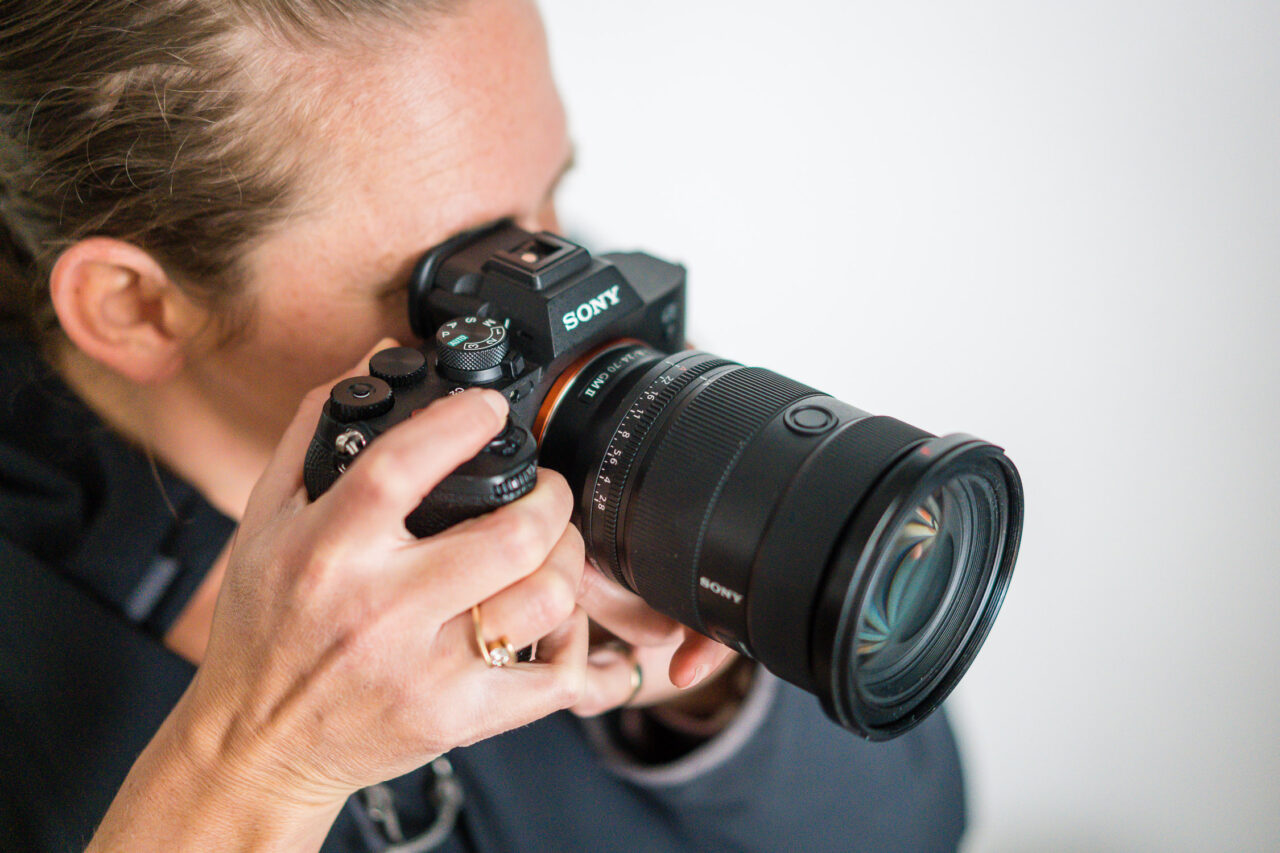
Additional equipment
Another important piece of wedding photography gear is a solid camera bag. We’ve grown partial to Shimoda and currently use the X30 backpack and the V2 backpack.
Most wedding photographers also have reception lighting gear. We use the GoDox AD200 as well as the V860iii Flash and XProS Trigger. We use travel light stands as well as cheetah stands.
You might also consider adding a drone to your wedding photography, either the DJI Mavic 3 or DJI Mavic Air2S are good choices. Here are some drone accessories to consider.
Wedding Photography Accessories
There are a few accessories that are really helpful in making your job easier. You need a good ergonomic way to carry your camera, we love the Spider Holster. It allows us to put the bulk of the camera weight on our hips and be hands-free whenever we need to do something.
It also helps to have a way to carry your batteries, timeline, lens cloth, etc for which we love the Peak Design Field Pouch. We also like their leash camera strap which we use in a removable way so flexibility..
You need a few essentials such as an SD card reader and a goal zero battery pack. It’s good to be able to charge, import, and get your work done. If you’re a husband and wife team like we are you might like radios with earpieces to communicate.
Stay Tuned for More Wedding Photography Tips
Make sure you stay tuned for more wedding photography tips. We try to share resources for wedding photographers that are actually practical and implementable. There are no shortcuts or secrets or special sauces that will make you succeed.
Instead, be willing to learn and grow and get creative. Your wedding photographs will get stronger one click at a time. We’ve been professional photographers for over a decade and can attest to the truth that expertise comes from experience. But that doesn’t mean we can’t save you time by letting you learn from what we’ve learned.
Wedding photography allows you into the lives of your couples. It’s amazing to see behind the scenes of such an important day and to tell that story. It can be easy to get overwhelmed but I alwasy try to remember that they’re going to love the photos I captured and they won’t know what I feel like I missed.
More Wedding Photography Tips
Don’t hesitate to reach out with questions, we’re always making more content to spread our knowledge and you can say thank you by joining our newsletter and subscribing to our YouTube channel. Let us know what you want to learn more about.
In the meantime, here are some posts you might enjoy:
Wedding Photography Tips for Beginners
Thanks for stopping by and happy shooting!
About the author
I am Brenda Bergreen, one half of a husband and wife photography team specializing in Colorado wedding photography and videography and adventure photography. If you need someone to encourage your creativity, I’m here.
Download our free guide on how to build a creative business and a life you love. Don’t hesitate to contact us and let us know how we can help! Links are affiliate links when we link to a product or service we love.
In the meantime, remember to…

